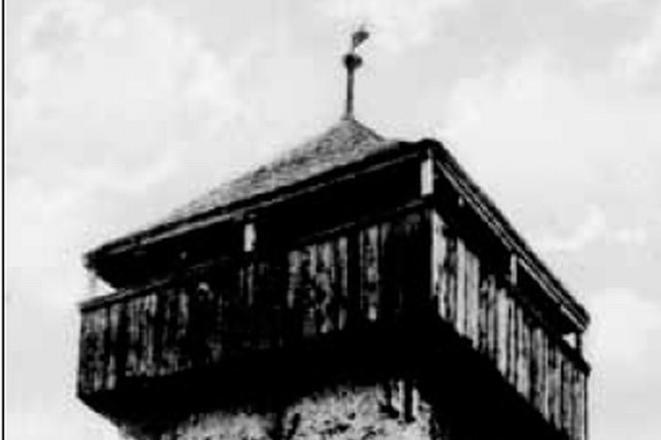FOR around 150 years, southern Slovakia separated territories occupied by Ottomans from those that had managed to resist their advances. It looked, however, more like a battlefront than a border, for the Ottomans often tried to advance northwards even during the period of armistice, killing people or enslaving them and burning down towns and villages.
It was the southern part of central Slovakia that was most frequently plundered because its numerous mining towns offered the Ottomans rich booty.
Not even fortified towns found it easy to hold out against the attacks. Soldiers were few and the situation did not seem to be of great concern to the imperial court in Vienna.
People were in the biggest danger when they departed from their dwellings. Peasants, viticulturists, shepherds or large groups returning home from fairs often became victims of robbers and brigands.
One of the few ways of avoiding attacks was a special alarm system spread across the whole of central Slovakia. It was a chain of typical guard towers known as vartovky such as the one in the photograph, in Krupina.
Vartovky were usually erected on hills and mountains so as to ensure a good view. As soon as the guards saw some intruders they alerted their fellow villagers about the danger.
The vartovka shown in this postcard from 1926 was built between 1564 and 1571. It served the inhabitants of Krupina not only as a guard tower but also as a small fortress from which invading Ottomans could be shot at.
Today, the tower houses an exhibition spotlighting the Ottoman wars.


 (source: red)
(source: red)